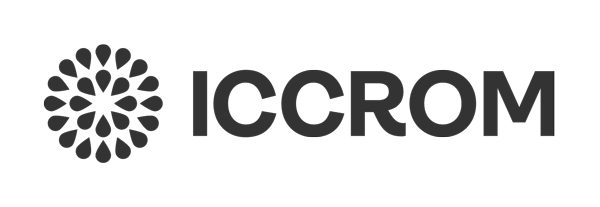Center for Heritage Analytical Reference Materials (CHARM)
Type Collection
Date of creation of the archive
- 1950
Date of closure of the archive
- N/A
Creator(s) of the archive
- Preservation Research and Testing Division (PRTD) staff – original creator Dr. Fenella G France
Summary Description
- CHARM is an extensive collection of diverse heritage materials from multiple historic reference samples that have been used for heritage research. Materials have baseline data and continue to be added to with acquisition of historic collections and contemporary materials. Dr. France began the collation of this reference collection in 2009 with the Barrow Collection, 100 volumes from ca. 1500-1950 forming the base. PRTD hosts, shares, and utilizes the collection. CHARM currently includes over 100 unique individual paper types and historical manufacturers’ sample books; handmade papers, tree fiber samples (TAPPI), and papyrus; multiple parchment types; photographic samples; more than 550 colorant samples (pre-1800 to modern); approximately 1 200 historic recipe paint-outs; Forbes pigments; Jakes Reference Textile collection; Artist Materials used and donated by modern artists; Quality Assurance reference housing and conservation repair materials; and sound recordings including the Thornton Record Collection, Wax cylinders, CDs, DVDS, Audio and Video Materials, and multiple form of storage media.
Extent
- Type and number of units
- 7 800
Object type
- Audio recording
Book
Cross-section
Drawing
Film
Magnetic tape
Manuscript fragment
Motion picture film
Musical instrument
Newspaper
Optical disk
Painting tools (tubes, brushes, etc.)
Photograph
Reference material
Sample
Other object type
- Papers; TAPPI Fibers ISR (Institute for Standards Research) 100 -year Aging Study – 15 standard papers, multiple boxes stored in different cold storage environments; Papyrus; Parchment – 4 skin types (sheep, calf, goat, deer) – all with different preparations; Colorant dry samples; Colorant reference paint outs with different ratios and binders; Forbes pigment samples; Textiles; Conservation reference materials - repair materials (adhesive tapes, writing material); Modern Artists’ Materials- pastels, colored pencils, crayons, and drawing pencils, writing media, brushes, paints, papers; Reference housing materials from QA research; Sound Recordings – records; Thornton Record Collection; Wax cylinder recordings CDs; Audio - Open reel Audio - Cassette tapes; Video Material - VHS/Betamax; Video Material – DV; Video Material – Umatic; Video Material – Analog; Video Material - 8mm: Storage Media - Floppy discs; Microfilm samples; SEM stubs – fibers, pigments, other
Material type
- Animal material
Ceramic, glass, enamel
Dye
Ink
Metal
Non-cellular natural organics
Organic synthethic material
Paint
Paper
Photographic paper
Pigment
Plant materials - others
Raw material to make pigment
Textile, fabric, dyes
Statement of Significance
- CHARM replicates the materials of holdings in the Library of Congress (LC). It includes: the 1 000 book ‘Barrow Collection’ (ca. 1500-1900); over 100 unique individual paper types and historical manufacturers’ sample books; handmade papers; tree fiber samples (TAPPI); papyrus; multiple parchment types; photographic samples; over 550 colorant samples (pre-1800 to modern); ~1 200 historic recipe paint-outs; Forbes pigments; textile and plant fibers; artist materials used and donated by modern artists; Quality Assurance and conservation repair materials; and, sound recordings including discs, wax cylinders, CDs, DVDs, and other audio and video materials. The archive is used by heritage scientists and conservators to make informed decisions about work on collection holdings without destructive testing on those items. External researchers can access the collection by contacting the Preservation Research and Testing Division (PRTD). At a minimum, each sample has associated baseline and multiple instrument characterization data for quick reference, although CHARM accumulates all further research data for these materials as it is conducted. CHARM is used for understanding how diverse materials change over time, predictive testing, assessing treatments, and developing new analytical techniques. CHARM’s important role is to provide unique datasets for characterizing all heritage materials, tracking and understanding changes, and enabling a proactive approach to preservation challenges.
Accessibility
- Yes - upon request
Access requirements
- The CHARM samples catalogue is available. To grant access to the physical samples, researchers need to contact the division in advance and demonstrate a legitimate need. Criteria applied are: the scientific interest of the research proposal; in case of request for analysis, use of non-destructive, non-invasive analytical techniques, which need to be carried out on Library of Congress premises.
Type of users
- Researchers engaged in cultural heritage research
Keywords
- Archaeology
Archives
Conservation
Conservation Science
Ink manufacture
Library
Non-destructive technique
Papermaking
Preventive conservation
Reference collection
Technical art history
Treatment
Finding aids
- N/A

